Badakhshan: in Afghanistan's far north
-
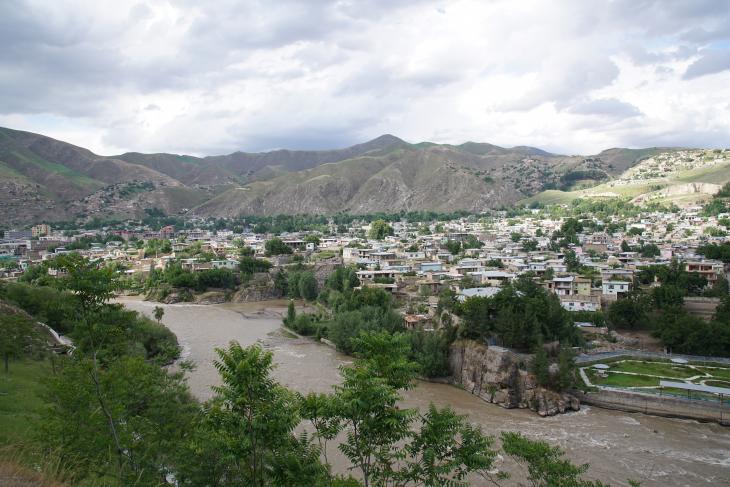
The townscape of Fayzabad is dominated by the Kokcha River, one of the largest mountain currents in northern Afghanistan. The city of 50,000 inhabitants, whose flat-roofed houses nestle up to the edge of the river, is the administrative centre of Badakhshan -

Badakhshan is the name of a geographical region that extends over northern Afghanistan, southern Tajikistan and parts of western China. The region is the heartland of the Tajiks, who make up about one third of the total population of Afghanistan -
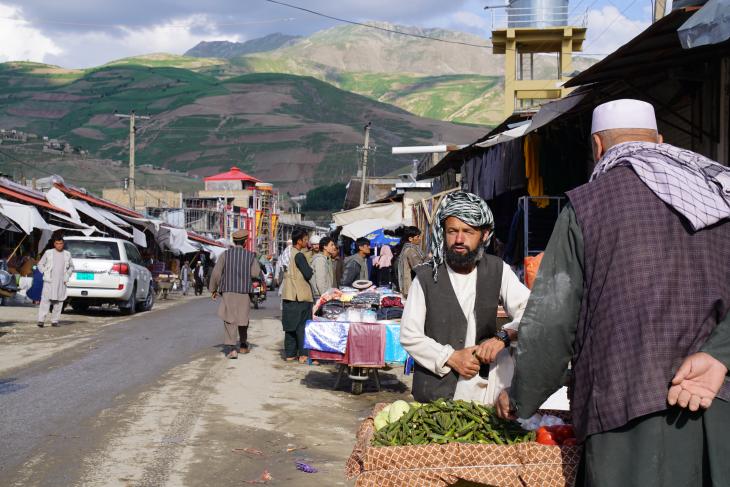
The majority of the population in the region lives from agriculture, like this vegetable-seller on a street market in Fayzabad. The economic potential of the region, which is rich in mineral resources, has hardly been exploited to date and its citizens remain impoverished -
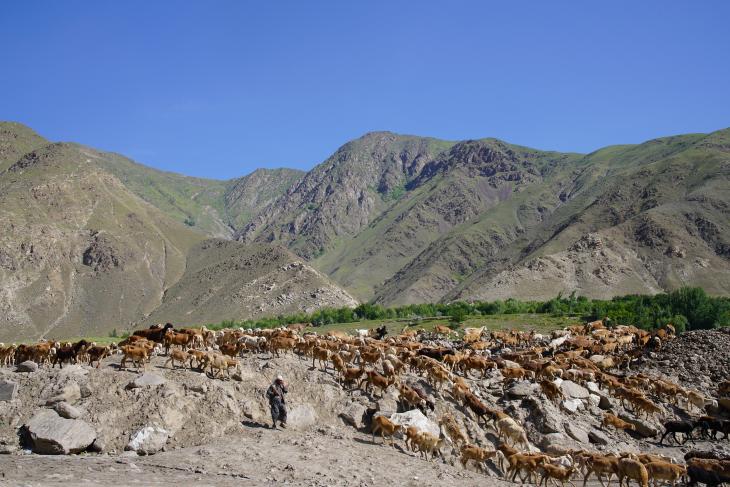
Badakhshan is one of the most resource-rich regions in Afghanistan. Among other things, the largest lapis lazuli deposit in the Hindu Kush is located here. At the same time, the province suffers from poor infrastructure. Villages are regularly hit by natural disasters such as earthquakes, floods and avalanches -
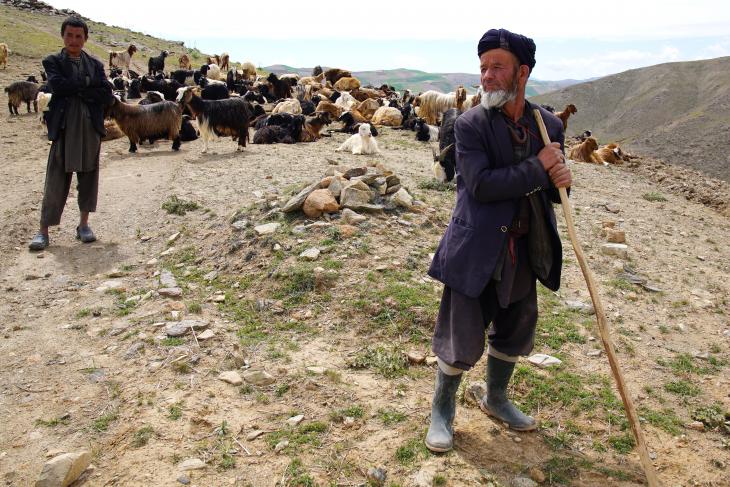
This goatherd comes from Argo, one of the 28 administrative districts of Badakhshan. In most rural areas there is still no electricity and running drinking water is a precious commodity -
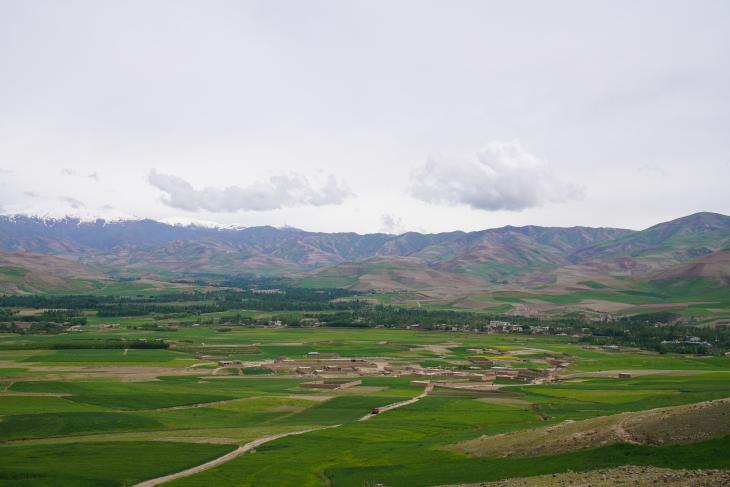
The landscape of Argo is characterised by green valleys and the backdrop of snow-covered peaks. The unsealed roads are only suitable for off-road vehicles. Traffic and goods transport between the villages is conducted by mule -
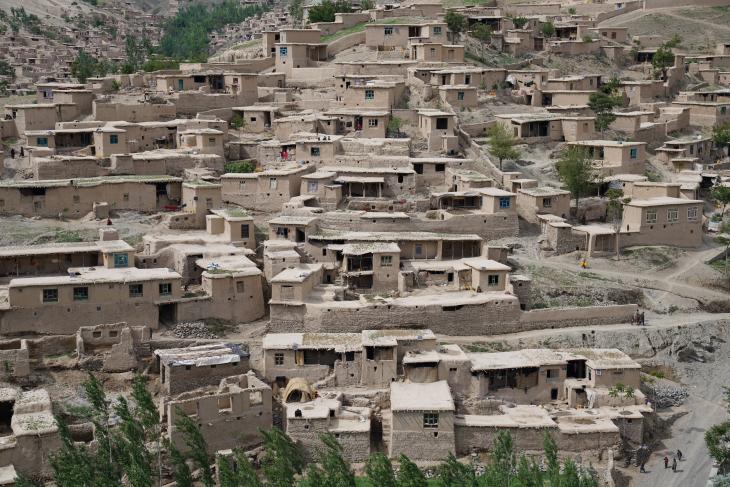
The region's traditional loam construction method has been preserved to this day. Terraced village architecture bears witness to a communal lifestyle in which family and tribal bonds play an important role: the roof of a house is the forecourt of the dwelling above -

As in most regions of Afghanistan, the social fabric of Badakhshan is characterised by patriarchal structures. Community elders meet regularly for consultations to discuss community issues or resolve conflicts -
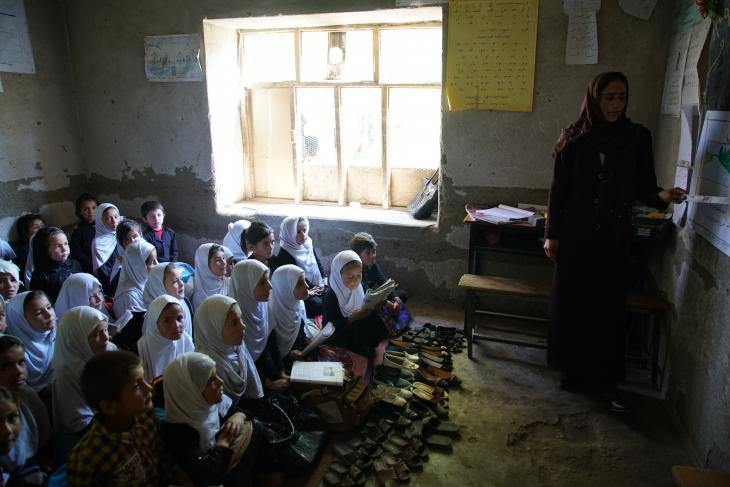
At the same time, Badakhshan is one of the provinces in which the education of girls – one of the most important development goals in Afghanistan since the fall of the Taliban – has made the most tangible progress. In this girls' school in the Baharak district, hundreds of young Afghan women from the rural region receive instruction -
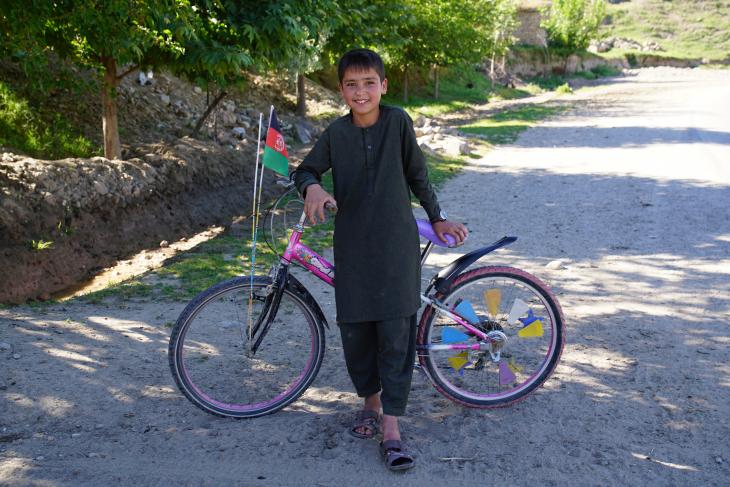
Afghanistan has one of the youngest populations in the world: 63 percent of Afghans are under 25, and almost half are under 15. This is a huge opportunity, but Afghanistan's youth face major challenges, including high unemployment and rampant gender inequality -
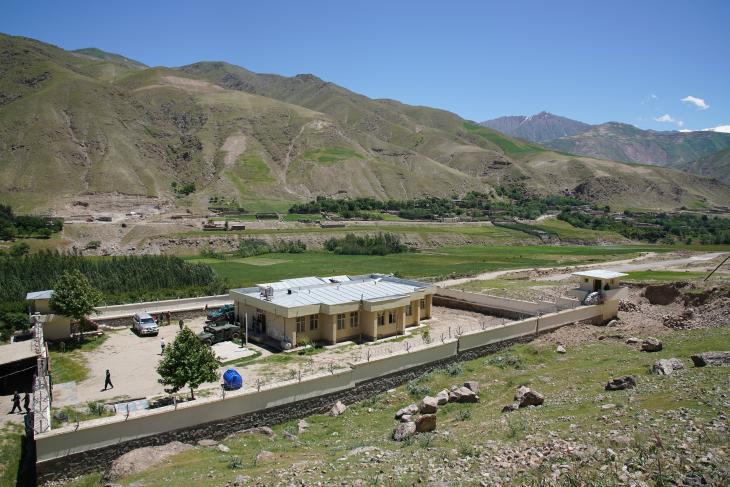
Traditionally a stronghold of Tajik resistance, mountainous Badakhshan is the only Afghan province that the Taliban were unable to capture during their rule in 1996-2001. As in this police station in Fayzabad, the Afghan state has a clear presence in the province. So far, the Badakhshis have been relatively little affected by the Afghan civil war -

Although the Badakhshis do not have to struggle with the insecurity as in other provinces, the greatest challenge is the omnipresent poverty. During Ramadan, these children sell home-baked flat bread made from wheelbarrows to passers-by to break their fast
https://qantara.de./en/node/21502
Link
To all image galleries
